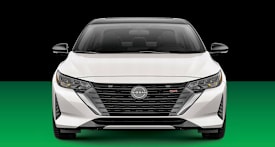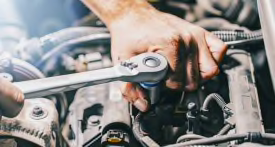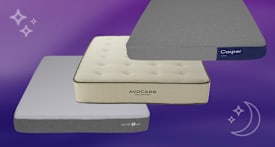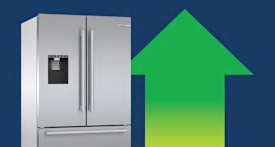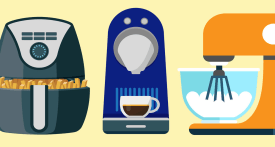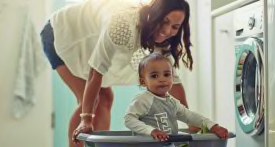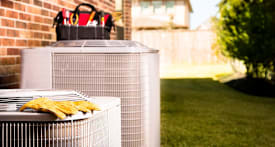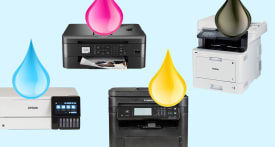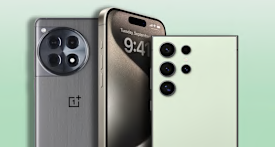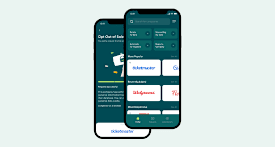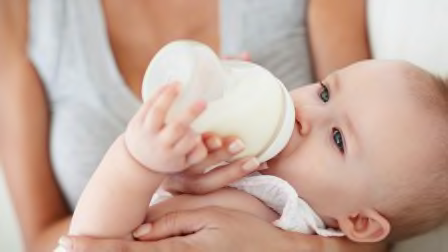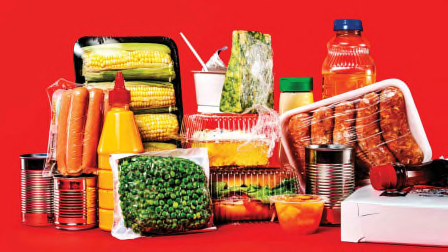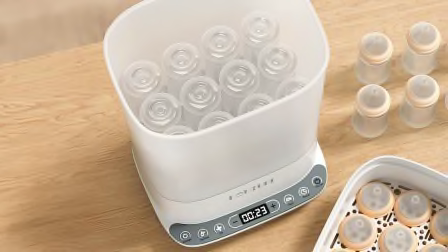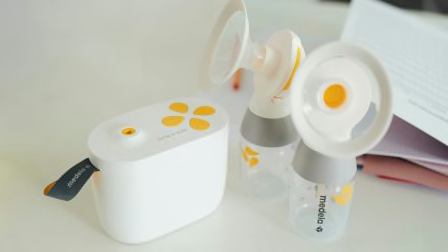How to Choose the Best Baby Bottle
Babies can be picky. So we asked 40 parents to evaluate baby bottles from Tommee Tippee, Philips Avent, Dr. Brown's, Comotomo, and more.
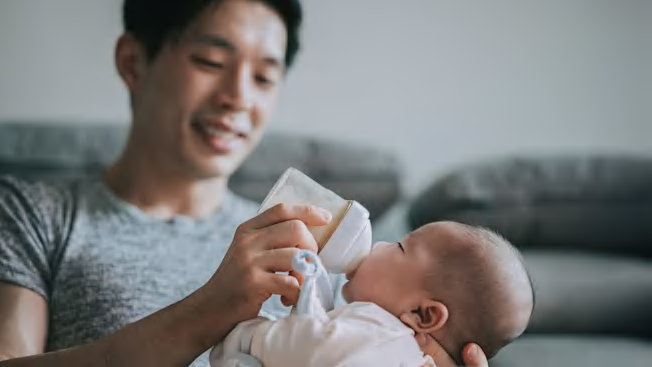
As soon as parents-to-be start researching baby registry items, they hit a very common challenge: choosing a baby bottle. There are so many bottle brands, materials, nipple flows, features, price ranges, and packages that finding the right one can be one of the most confusing decisions a parent has to make when buying for a baby.
Certain baby bottles can be tougher or easier to work with. Some are easy to clean and can go in the dishwasher. Some are easier than others to break. Some last for just one baby while others stand up to multiple siblings. Bottles can come with colic and gas prevention features that some parents swear by, while other parents really don’t want to deal with a ton of tiny parts that can leak or get lost.
